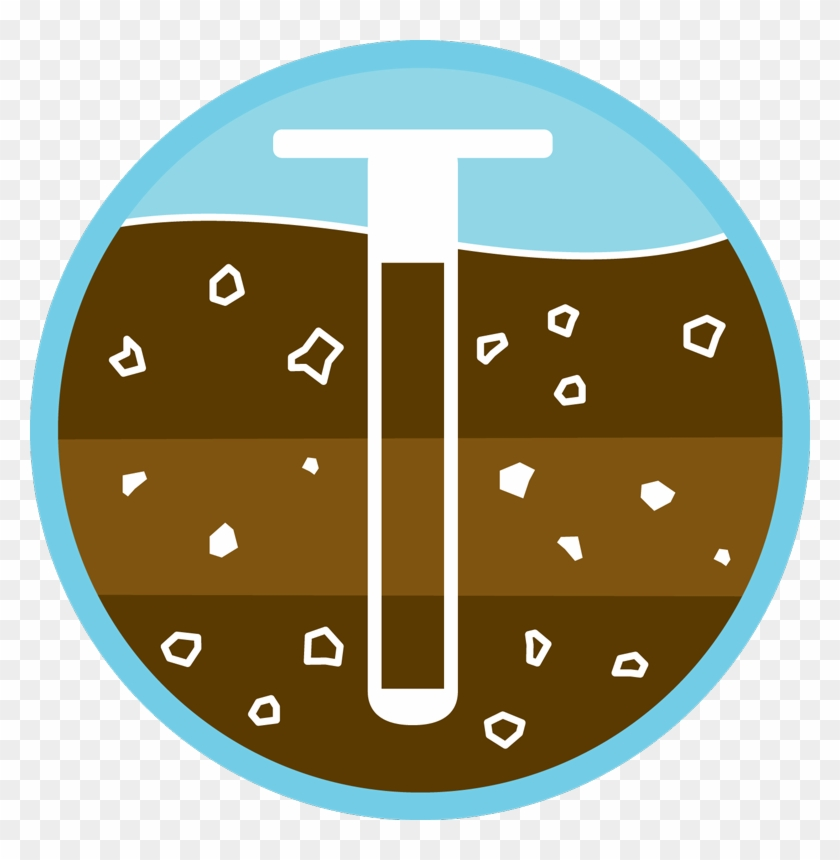This is a really nice one. While I kind of wish the photo quality was better, I kind of like the way it is since it gives it a kind of painted impressionist look to it.
if you look closely, under the Ae (the white horizon) you can see a thin Bh horizon, where organic acids have leached from the Ae and been deposited. Below that is the Bf horizon, where iron from the Ae deposited.
this podzol looks like it’s developed on till, given the look of the C horizon (clay loamish looking) and the shape of the rocks on the left hand side.
Great share! post more!
Yeah, this was from back in 2018 during the North American Forest Soil Conference, so it was taken with an old, crappy iPhone 5 camera. Still a good representation of the colors.
The other cool feature of this profile was the suspected krotovina(s). On the left, the light colored region looked like a burrow filled with light, E/Ae horizon material, while the patch on the right was filled with organic matter (it’s not just slough from the surface)
I didn’t notice the Krotovina! Very cool!
Crazy how much better cameras are now though
Gorgeous. Are those grasses on top or something else? They look bit more succulent-y but I can’t tell for certain.
I’m not familiar with podzol so I’ve just been reading up on it. That soil is undergoing chelation therapy xD
It took me an embarrassingly long time to realise that the “photogenic” in the title didn’t refer to chromatic photosensitivity of chemicals in the soil. I initially thought that light exposure was involved here.
That’s a fine bed of moss on the surface. It’s boreal forest, so this area near a road cut had plenty of light. Other areas were dark enough from tree canopy cover that it was just some fallen needles that decompose into many organic acids - pH of the E horizon was around pH 3.5-4. That coupled with coarse texture and plenty of leaching with spring thaw helped develop the horizons. Despite the degree of development, this is a young soil relatively. This region was glaciated (continental ice sheet hundreds of meters thick) just 10,000 or so years ago.


